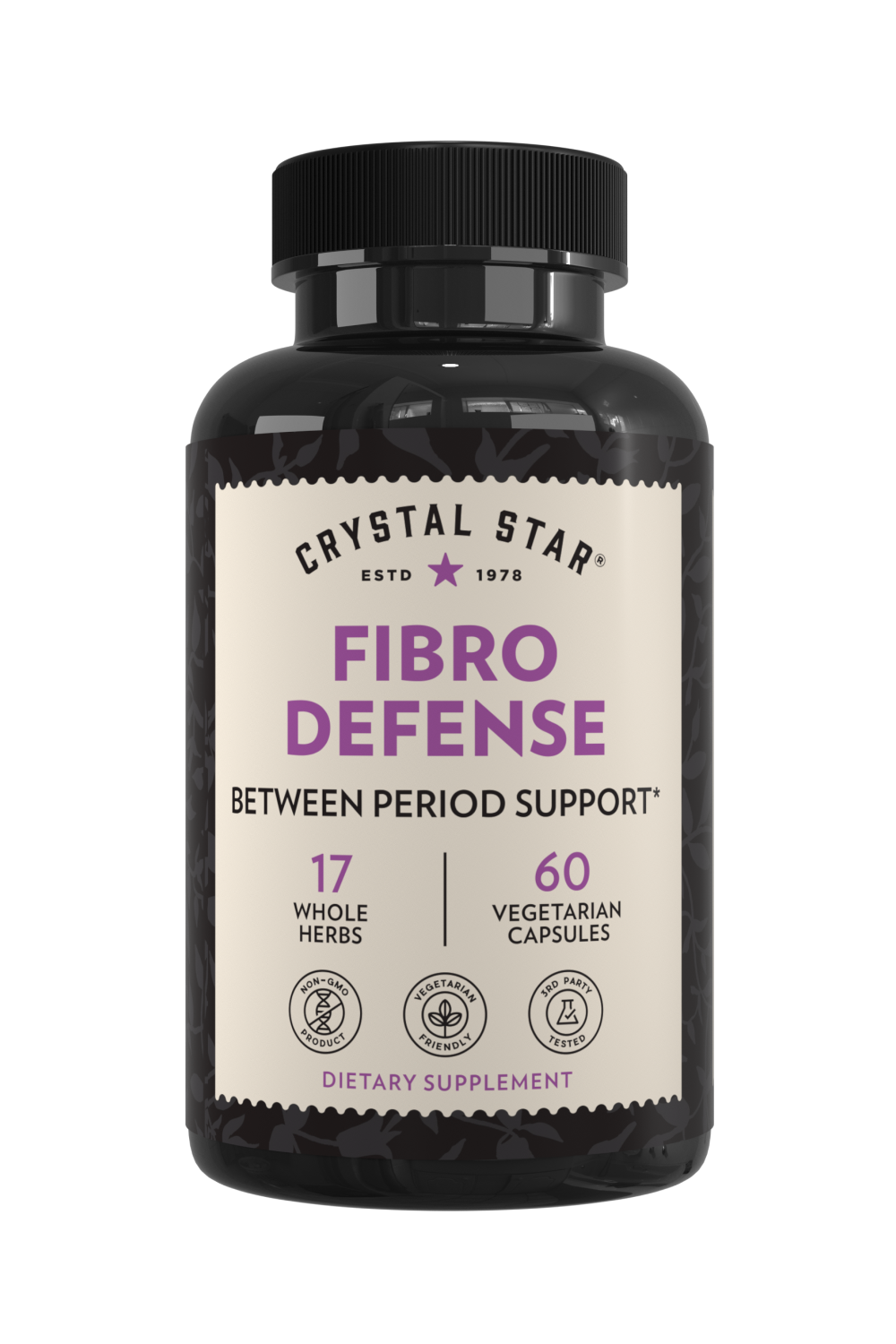
Mind Your Mind: Applying the new science of male sexuality
The above image is owned by Online For Love.
It’s a myth that all healthy men experience strong and spontaneous desire, and this myth can make men with non-linear, intimacy-focused sexual patterns feel broken. If your struggles with sex feel abrupt or inconsistent, you may just need help getting your body and mind to cooperate.
WHAT IS SEXUAL DYSFUNCTION?
Sexual dysfunction is a broad (and probably overused) term that can cover anything from painful sex or trouble with arousal to a person’s feeling that they just aren’t enjoying sex the way they’d like to. To understand the many factors that can hinder a man’s sexual experience, it’s worth defining some sexual health terms. Problems with any of these can have both physical and emotional origins.
- Arousal is a set of body processes that occur in response to a sexual situation/thought/image, whether or not a man actually finds that situation appealing.
- Desire can set in before or after arousal, if a man does in fact find a sexual situation appealing. It indicates wanting sex rather than only being prepared for it.
- Erectile dysfunction (ED) refers to the consistent inability to have or maintain an erection (a sign of arousal) long enough to have intercourse, despite feeling desire.
- Premature ejaculation (PE) is when ejaculation occurs before sex, or within one minute of engaging in sexual activity.
HOW TO IMPROVE MEN’S SEXUAL HEALTH
A string of research since 2001 proposes that much of what we learned about sex in health class is wrong—for men as well as women. Some researchers now say there’s no biological evidence for sex being a physical “drive”, or even a one-size-fits-all model for how arousal, desire, and fulfillment work.
Translation? We don’t need sex to live, so our bodies don’t have to crave it spontaneously the way they do food or water. Instead, the desire for sex can arise from combinations of thoughts (including memories and fantasies), feelings, or sensory input. The prompt can be obvious (partner in a towel!) or subtle (partner laughing at bad jokes!), but it’s always in play. True biological drives will arise with or without a prompt i.e. you don’t need to fantasize about hamburgers in order to feel hungry.
According to the “responsive desire” sex framework, men and women may not be so different when it comes to getting in the mood. It all comes down to lag time. Many (but not all) men feel the effects of a sexual prompt right away, and many (but not all) women need more time or more prompts to feel interest.
On top of all that, many researches think that all human sexual functioning can be explained through an excitation/inhibition system. That is, we all have specific circumstances, moods, and forms of touch that turn us on, but we also have lots of things that turn us off. This gas/brakes model means that you could be excited (partner in a towel!) and inhibited (weird smell in the kitchen!) at the same time, making for confusing combinations of feeling desire without arousal, arousal without desire, or nothing at all.
If a man wants intimacy with a partner, he may be disappointed with his body’s refusal to play along. But our bodies often take cues from our minds: anxiety, depression, fatigue, situational stressors, and relationship tension or disconnection can all inhibit both desire and arousal in men. This can result in ED, PE, or just lackluster sexual encounters.
TIPS FOR MANAGING SEXUAL INHIBITORS
While most of us know that creating intimate contexts (walks on the beach, wine by the fire) can boost our sexual functioning, we often don’t address what inhibits us. Something as simple as a tough day at work or tax season can kill the mood for hours-to-weeks. Since we don’t recommend you quit your job or evade your taxes in the name of sexual wellness, here are some tips to manage those sex-inhibitors.
Stay in the moment
For one week, keep track of triggers that turn you off, then identify which ones you can control or reduce. The trick here is to consistently remove as many sexual blocks as you can. Even better if you can replace those blocks with sexual instigators.
Watching the news or scrolling through your phone before bed can be both distracting and subtly stressful. If you can, try unplugging completely after work. Go for a walk or run with your partner a few days a week instead of braving traffic on the way to the gym. Replace time on your phone with books, card games, or short, simple meditations or breath work. If making dinner every night stresses you out, give yourself permission to order out or pay for a meal delivery kit a few nights a week. If you feel too exhausted at night, try instituting a stricter sleep routine, and/or leaving time for intimacy in the morning when you’re rested.
Since your brakes/gas system is unique to you, your plan for managing it will be, too.
Herbs to relax
Ashwagandha is an adaptogen that with regular use reduces cortisol levels as well as feelings of depression and anxiety, which can in turn make you more receptive to sexual contexts. Blends that pair Ashwaghanda with soothing herbs like valerian and hops (yep, the same hops that’s in beer) bring out its calming properties.
If you want to elevate your mood, try ashwagandha blends that incorporate St. John’s wort. One 2016 review of 35 research studies of St. John’s wort concluded that its effects were comparable to antidepressant medication. If you’re currently taking medications, be sure to talk to your health care provider before adding herbs to your routine since they can affect the way you metabolize certain common pharmaceuticals.
DON’T TRY TOO HARD
Sex is complicated. It can create life, for one. It can also communicate intimacy or reveal relationship rifts, lead to pleasure or disappointment, resolve arguments or start them, and lift or deepen anxiety. In other words, sex is not a problem to be solved—it’s an ongoing negotiation between your feelings, your body, your partner(s), and the circumstances of your life. For the best results, be kind to yourself and patient with your body as you explore these new self-care options.








